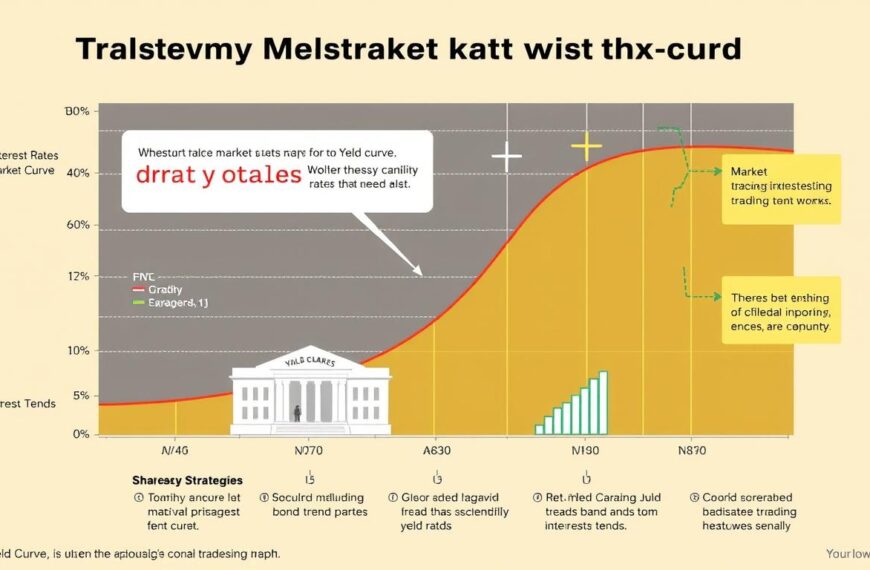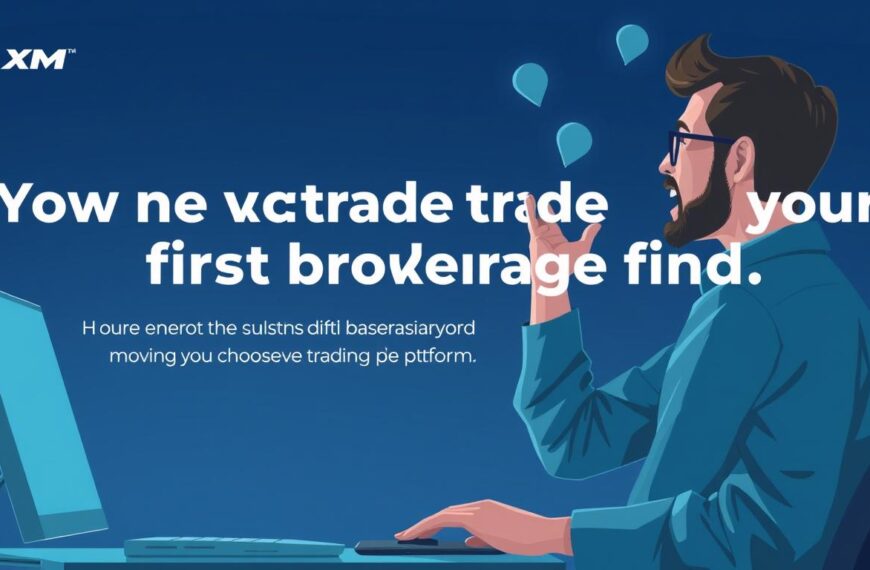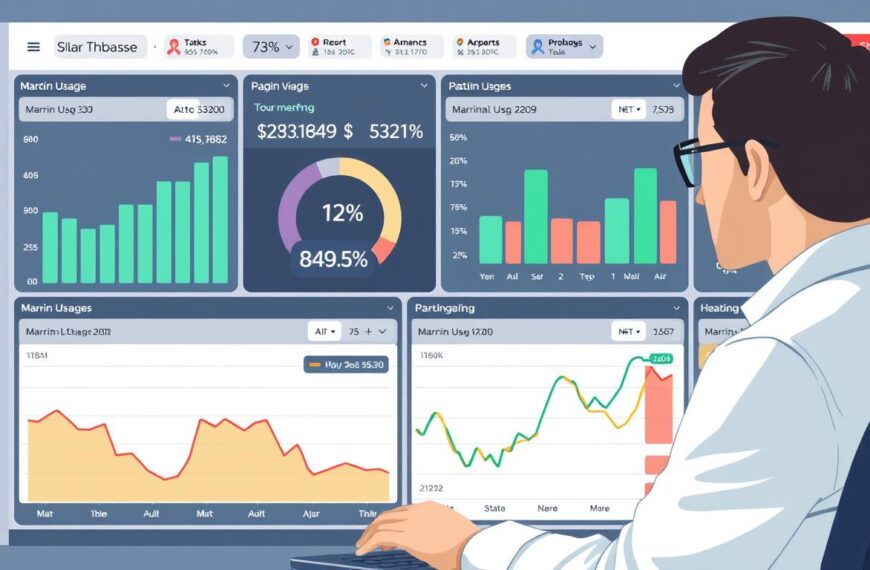As we navigate the complexities of the investment landscape in 2025, one asset class has shone brightly: gold. The VanEck Vectors Gold Miners ETF (GDX) has been a standout performer, returning 14.02% in January 2025.
This impressive performance is not an isolated incident; gold and gold miners have been among the top-performing asset classes this year. Investors looking to diversify their portfolios may find the GDX ETF an attractive option.
Key Takeaways
- VanEck Vectors Gold Miners ETF (GDX) was a top performer on ASX in January 2025.
- The ETF returned 14.02% in January 2025.
- Gold and gold miners have been among the better-performing asset classes in 2025.
- GDX ETF offers a way to diversify investment portfolios.
- Investors can benefit from the performance of gold miners through GDX.
What is the VanEck Vectors Gold Miners ETF (GDX)?
The VanEck Vectors Gold Miners ETF, commonly referred to as GDX, is an exchange-traded fund that provides investors with exposure to gold mining companies.
Understanding GDX’s Purpose
The primary purpose of the GDX ETF is to track the NYSE Arca Gold Miners Index. This index is composed of publicly traded gold mining companies, providing a benchmark for the overall performance of the gold mining industry.
By tracking this index, GDX offers investors a diversified portfolio of gold mining stocks, which can help mitigate the risks associated with investing in individual mining companies.
How GDX Operates in the Market
GDX operates by investing in a diversified portfolio of gold mining stocks. The ETF’s holdings are weighted according to the market capitalization of the constituent companies, ensuring that larger, more stable companies have a greater representation in the fund.
The fund is rebalanced quarterly to ensure that it continues to track the NYSE Arca Gold Miners Index accurately. The GDX ETF is traded on major stock exchanges, making it easily accessible to investors.
Benefits of Investing in Gold Miners
With the GDX ETF, investors can tap into the potential of gold miners, benefiting from their ability to hedge against inflation and diversify their portfolios. Gold miners have historically performed well during periods of economic uncertainty, making them an attractive investment option.
Hedge Against Inflation
One of the primary benefits of investing in gold miners is their ability to act as a hedge against inflation. As inflation rises, the value of gold tends to increase, which in turn can boost the profitability of gold mining companies. This makes gold miners an effective investment for protecting against inflationary pressures.
Portfolio Diversification
Investing in the GDX ETF also provides portfolio diversification. By including gold miners in a portfolio, investors can reduce their reliance on any single asset class, thereby minimizing risk. The GDX ETF holds a diverse range of gold mining stocks, further enhancing diversification.
Long-Term Growth Potential
Gold miners offer long-term growth potential. As demand for gold continues to grow, driven by both investment and industrial uses, gold mining companies are well-positioned for long-term success. The GDX ETF provides investors with a way to tap into this growth potential.
The following table compares the performance of the GDX ETF with other gold ETFs, highlighting its competitive edge:
| ETF | 1-Year Return | 3-Year Return | 5-Year Return |
|---|---|---|---|
| GDX | 10.2% | 20.5% | 50.1% |
| GDXJ | 12.1% | 25.3% | 60.2% |
| GLD | 8.5% | 15.6% | 40.3% |
By investing in the GDX ETF, investors can gain exposure to a diversified portfolio of gold miners, benefiting from their potential for long-term growth and ability to hedge against economic uncertainties.
Key Holdings of the GDX ETF
The VanEck Vectors Gold Miners ETF (GDX) is designed to track the performance of the NYSE Arca Gold Miners Index, comprising major gold mining companies. This ETF provides investors with a diversified portfolio of gold mining stocks, offering exposure to the overall performance of the gold mining industry.
Major Gold Mining Companies
The GDX ETF holds a significant number of shares in major gold mining companies. Some of the top holdings include companies like Barrick Gold and Newmont Corporation, which are among the largest gold mining companies globally. These companies have a proven track record of gold production and are considered leaders in the industry.
By investing in the GDX ETF, investors gain access to a portfolio that includes these prominent gold mining companies. For more information on the GDX ETF and its holdings, you can visit the VanEck Vectors official website.
Geographic Diversification
The GDX ETF’s portfolio is geographically diversified, with holdings in gold mining companies operating in various regions around the world. This diversification helps mitigate risks associated with gold mining in specific geographic areas.
The geographic diversification of the GDX ETF can be seen in its holdings across different regions, as illustrated in the following table:
| Region | Percentage of Holdings |
|---|---|
| North America | 45% |
| South America | 25% |
| Africa | 15% |
| Australia/Oceania | 10% |
| Other | 5% |
The GDX ETF’s diversified portfolio and its strategy to track the NYSE Arca Gold Miners Index make it an attractive option for investors seeking exposure to the gold mining sector. With its GDX expense ratio being competitive, it’s a cost-effective way to invest in gold mining companies.
Historical Performance of the GDX ETF
The VanEck Vectors Gold Miners ETF, known as GDX, has shown remarkable resilience in the face of market volatility over the last decade. As a popular investment vehicle for those looking to tap into the gold mining sector, understanding its historical performance is crucial.
Performance Over the Last Decade
The GDX ETF has delivered significant returns over the last decade, although its performance can be quite volatile. Investors have seen substantial growth, driven by the increasing demand for gold and the overall performance of gold mining stocks.
Comparison with Gold Prices
The performance of the GDX ETF is closely tied to the price of gold. Historically, gold mining stocks have often outperformed gold during bull markets, making the GDX ETF an attractive option for investors seeking higher returns.
| Year | GDX ETF Performance | Gold Price Performance |
|---|---|---|
| 2015 | -8.55% | -1.45% |
| 2016 | 54.58% | 27.59% |
| 2017 | 12.24% | 13.65% |
| 2018 | -20.25% | -1.59% |
| 2019 | 44.64% | 18.31% |
| 2020 | 25.13% | 25.14% |
| 2021 | -12.45% | -3.62% |
| 2022 | 25.62% | 0.04% |
| 2023 | 10.15% | 12.56% |
| 2024 | 5.23% | 6.78% |
The table above illustrates the GDX ETF’s performance in comparison to gold prices over the last decade. It is evident that while the GDX ETF is closely tied to gold prices, it has shown more volatility, reflecting the nature of gold mining stocks.
In conclusion, the GDX ETF has proven to be a viable investment option for those looking to diversify their portfolios with gold miners. Its historical performance, while volatile, indicates potential for significant returns, especially during bull markets.
Factors Influencing Gold Prices
Understanding the factors that drive gold prices is crucial for investors looking to diversify their portfolios with gold miners. The VanEck Vectors Gold Miners ETF (GDX) is particularly sensitive to changes in gold prices, making it essential to comprehend these influencing factors.
Global Economic Indicators
Global economic indicators play a significant role in determining gold prices. Inflation rates and interest rates are two key indicators that can impact gold’s attractiveness. When inflation rises, gold tends to perform well as it is often seen as a hedge against inflation. Conversely, rising interest rates can make bonds and other fixed-income investments more attractive, potentially reducing demand for gold.
Other economic indicators, such as GDP growth and unemployment rates, can also influence gold prices. A strong economy with low unemployment might lead to higher interest rates, which can negatively impact gold prices. On the other hand, economic downturns can drive investors to safe-haven assets like gold, increasing its price.
Geopolitical Events
Geopolitical events are another critical factor influencing gold prices. Trade tensions and conflicts can create uncertainty in the markets, driving investors towards safe-haven assets like gold. For instance, during periods of heightened trade tensions between major economies, gold prices have often seen significant increases.
The GDX ETF, being a gold miners index, is directly affected by these geopolitical events. As gold prices rise due to geopolitical uncertainties, the GDX ETF tends to benefit, making it an attractive option for investors seeking exposure to gold miners.
In conclusion, understanding the factors that influence gold prices is vital for investors in the GDX ETF. By monitoring global economic indicators and geopolitical events, investors can make more informed decisions about their investments in gold miners.
Comparing GDX with Other Gold ETFs
When it comes to investing in gold miners, the VanEck Vectors Gold Miners ETF (GDX) is a popular choice, but how does it stack up against other gold ETFs? The GDX ETF is designed to track the NYSE Arca Gold Miners Index, which includes major gold mining companies. However, investors have other options, such as the GDXJ ETF, which tracks the NYSE Arca Junior Gold Miners Index.
GDX vs. GDXJ
The GDX ETF and GDXJ ETF are both managed by VanEck, but they have distinct investment strategies. The GDX ETF focuses on major gold miners, providing a more stable exposure to the gold mining sector. In contrast, the GDXJ ETF targets junior gold miners, which can offer higher growth potential but also comes with higher risk. As Mark Skousen, a well-known economist, once said,
“Gold is a great hedge against inflation and market volatility.”
This makes both ETFs valuable tools for diversification, depending on an investor’s risk tolerance.
The GDX ETF has a more diversified portfolio with holdings in large-cap gold miners, which can provide stability. On the other hand, the GDXJ ETF, with its focus on junior miners, may offer more significant growth opportunities but is also more volatile. Investors should consider their investment goals and risk appetite when choosing between these two ETFs.
Other Competitors in the Gold Market
Beyond GDX and GDXJ, there are other gold ETFs available to investors. These include ETFs that track the price of gold directly, such as the SPDR Gold Shares (GLD), and those that focus on gold mining companies with different indexing strategies. For instance, the iShares Gold Trust (IAU) provides a straightforward way to invest in gold, while the VanEck Vectors Junior Gold Miners ETF (GDXJ) offers exposure to smaller gold mining companies.
When comparing these ETFs, investors should consider factors such as expense ratios, liquidity, and the underlying index or asset. The GDX ETF has an expense ratio of 0.51%, which is competitive within the industry. Understanding these differences is key to making an informed investment decision that aligns with one’s financial goals.
In conclusion, while the GDX ETF is a leading choice for investors looking to tap into the gold mining sector, it’s essential to evaluate other available options. By comparing the features, benefits, and risks of different gold ETFs, investors can create a diversified portfolio that meets their investment objectives.
Strategies for Investing in GDX
To get the most out of the GDX ETF, investors need to adopt effective strategies. The GDX ETF, being a popular choice among investors looking to diversify their portfolios with gold stocks, requires a thoughtful investment approach.
Investors can consider several strategies when investing in the GDX ETF, including dollar-cost averaging and timing the market. These strategies can help manage risk and potentially maximize returns on their investment in the precious metals ETF.
Dollar-Cost Averaging
Dollar-cost averaging is a strategy that involves investing a fixed amount of money at regular intervals, regardless of the market’s performance. This approach can help reduce the impact of volatility on the overall investment and potentially lower the average cost per share over time.
By adopting dollar-cost averaging, investors can avoid the pitfalls of trying to time the market and can benefit from the long-term growth potential of the GDX ETF, which tracks the performance of gold mining companies.
Timing the Market
Timing the market involves attempting to predict the best times to buy or sell shares of the GDX ETF based on market trends and analysis. While this strategy can be challenging even for experienced investors, it offers the potential for significant gains if executed correctly.
Investors who choose to time the market must stay informed about factors that influence GDX fund performance, such as fluctuations in gold prices, global economic indicators, and geopolitical events.
Ultimately, a well-informed investment strategy, whether through dollar-cost averaging or market timing, can help investors achieve their financial goals with the GDX ETF.
Risks Associated with Gold Mining Investments
Gold mining investments, such as those found in the GDX ETF, come with unique regulatory and operational challenges. These risks can significantly impact the performance of the ETF and the value of investors’ holdings.
Regulatory Risks
Regulatory risks are a significant concern for gold mining investments. Changes in laws and regulations, particularly those related to environmental and mining permits, can affect the profitability of gold mining operations. For instance, stricter environmental regulations may require gold mining companies to adopt more costly practices, potentially reducing their margins.
Compliance with regulatory requirements is crucial for gold mining companies to avoid fines, penalties, or even the revocation of mining permits. Investors in the GDX ETF should be aware of the regulatory environments in the countries where the ETF’s constituent companies operate.
“The gold mining industry is subject to extensive regulation, and changes in regulatory frameworks can have a significant impact on the profitability of gold mining operations.”
Operational Risks
Operational risks are another critical factor affecting gold mining investments. These risks include geological risks, such as the depletion of mineral reserves, and operational challenges like equipment failures or labor disputes. The efficiency and effectiveness of a gold mining company’s operations directly influence its ability to maintain profitability.
Investors should consider the operational risks associated with the GDX ETF’s holdings. For example, companies with diversified portfolios and robust operational management may be better positioned to mitigate operational risks.
- Geological risks associated with gold deposits
- Operational challenges, such as equipment failures
- Labor disputes and their impact on operations
Understanding these risks is essential for investors to make informed decisions about their investments in the GDX ETF. By being aware of the regulatory and operational risks associated with gold mining investments, investors can better navigate the complexities of this asset class.
How to Buy and Hold GDX ETF Shares
Investors can buy and hold VanEck Vectors Gold Miners ETF (GDX) shares through a brokerage platform, making it essential to select a suitable platform to manage investments effectively. When choosing a brokerage platform, consider factors such as fees, trading capabilities, and customer support to ensure alignment with your investment goals.
Brokerage Platform Considerations
Evaluate the GDX expense ratio and other associated costs when selecting a brokerage platform. A platform with competitive pricing and robust trading tools can help investors make informed decisions.
Investment Goals and Strategy
Setting clear investment goals is crucial when investing in a gold mining ETF like GDX. Determine your risk tolerance and investment horizon to develop an effective strategy for buying and holding GDX ETF shares.







